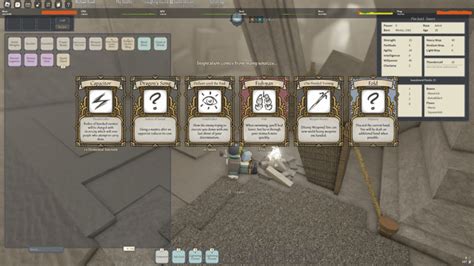Your cart is currently empty!
February 6, 2025
How Miners Choose Transactions in the Ethereum Network
The Ethereum network, built on a decentralized blockchain technology, relies on a complex process to validate and verify transactions. Miners play a crucial role in this process, but how do they select which transactions to prioritize? In this article, we’ll delve into the details of how miners choose transactions.
Transaction Validation Process
When a user wants to send Bitcoin or other assets (known as tokens) from their wallet to another account on the Ethereum network, they submit a transaction through the Ethereum’s smart contract platform, known as OpenZeppelin. The transaction is then broadcast to the public address book of the Ethereum network, which can be found at [ether.org](
The transaction validation process involves several nodes (computers) in the network, including miners, validators, and clients. Here’s how it works:
- Transaction Creation: When a user wants to send an asset, they create a new transaction on their wallet and broadcast it to the Ethereum network.
- Node Verification: The transaction is then verified by multiple nodes in the public address book. These nodes are responsible for checking the authenticity of the sender and receiver addresses, as well as validating the transaction’s logic.
- Consensus Algorithm: Once a node has verified the transaction, it uses a consensus algorithm (such as Proof-of-Work or Proof-of-Stake) to determine the validity of the transaction.
Miner Selection Criteria
Miners play a crucial role in selecting which transactions to prioritize. They use various algorithms and criteria to choose transactions based on several factors:
- Network Congestion: Miners select transactions that have lower network congestion, meaning fewer nodes are competing for validation. This helps ensure faster transaction processing times.
- Transaction Size: Larger transactions require more computational power from miners, so they’re prioritized over smaller ones.
- Difficulty Level

: Miners adjust the difficulty level of a block to balance the number of transactions being validated with the amount of computational power available.
Validation Process
Once a miner selects a transaction, they use their powerful computer to:
- Compute Block Hash: The miner computes a hash of the selected transaction.
- Calculate Gas Price: The miner calculates the gas price associated with the transaction (gas is the unit of measurement for transactions on Ethereum).
- Submit Transaction to Blockchain: Finally, the miner submits the transaction to the Ethereum blockchain.
Conclusion
In conclusion, miners play a vital role in selecting which transactions to prioritize in the Ethereum network. By using algorithms and criteria such as network congestion, transaction size, and difficulty level, miners ensure that transactions are processed efficiently and securely. This process has contributed significantly to the scalability and usability of the Ethereum network, making it possible for users to send, receive, and transfer assets with ease.
As we continue to develop and improve blockchain technology, understanding how miners choose transactions will help us appreciate the underlying mechanisms driving our digital economy.
